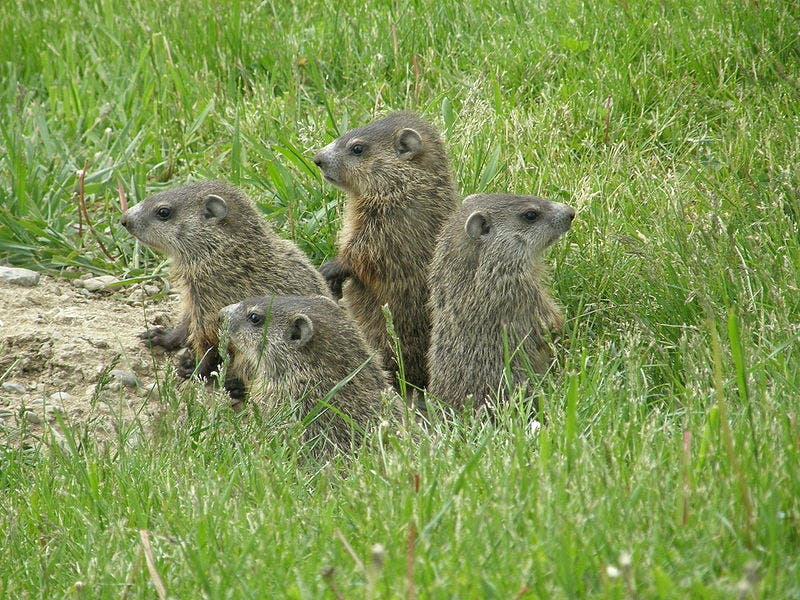Groundhog, woodchuck, whistle pig — whatever you may call them, groundhogs are unusual animals. Marmota monax, as they’re scientifically called, are a rodent belonging to the squirrel family. They look a bit like cute tiny bears, especially when they stand up on their hind legs.
Groundhogs often have a bad reputation, especially if you ask farmers, but there’s more to these creatures than meets the eye: they live an extraordinary lifestyle and play a key role as ecosystem engineers.
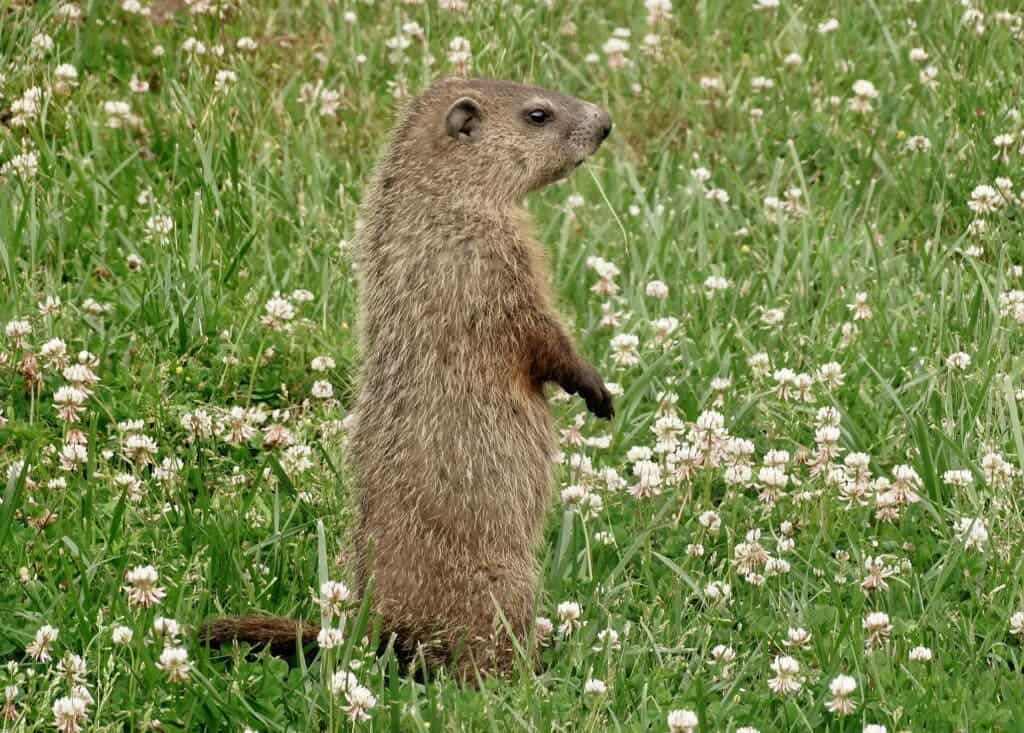
Groundhogs cover a large area in North America, spreading from South Alabama to Canada and North Alaska. They highly prefer habitats like pastures, woodlots, open woods, and areas along stream banks. This makes them unique among marmots, which often prefer rocky or mountainous areas. These lowland areas are usually open and devoid of tree roots, which allows the groundhogs to burrow underground — which they amply do.
Whistle pigs have muscular bodies and can weigh as much as 13 lbs (6kgs). Their build, coupled with sturdy claws, allows them to dig deep tunnels up to 18 meters long, about as long as a bowling lane. One can sometimes spot a groundhog burrow as newly excavated soil surrounds the hole.
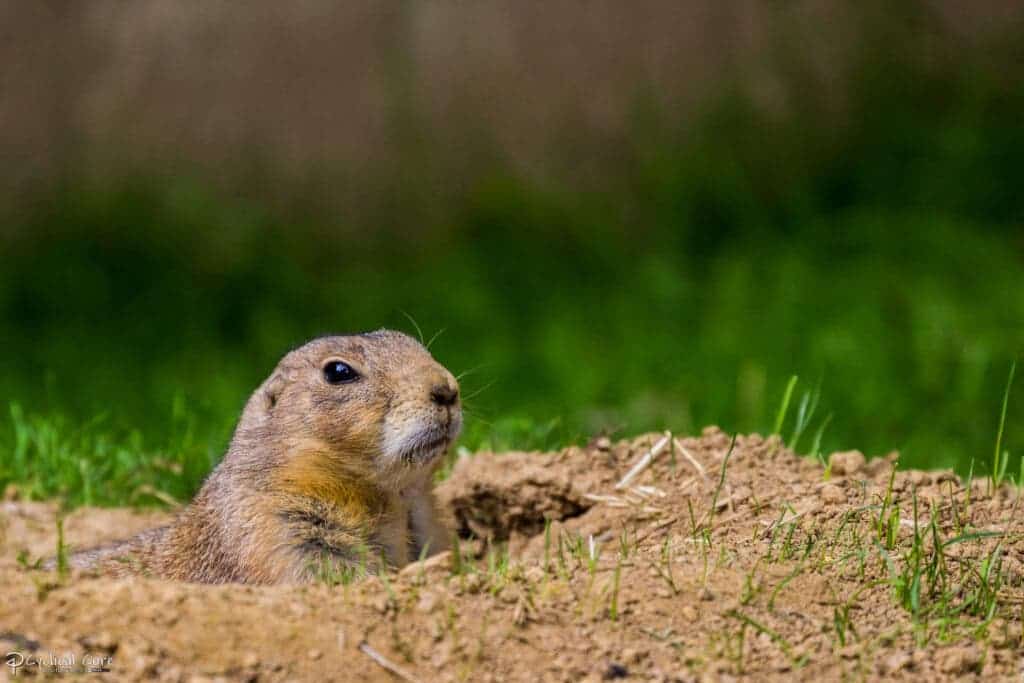
Groundhogs live in social groups called aggregations. Their social networks are complex, and while they don’t really care much about mating loyalty, they work cooperatively to solve tasks and stay safe. They communicate with each other mostly through whistling.
When faced with danger, they typically withdraw to their holes, but they’re also excellent swimmers and can even climb trees to escape threats.
Groundhog tunnel
But digging is where these animals truly excel. They really are born to dig, as showcased by their many adaptations for digging. Their fur is coarse and bristly which functions to shed dirt and their nostrils and ears have valves that enable them to close while digging to prevent any dust from entering. Despite spending a lot of time digging, groundhogs really like to keep themselves clean.
In fact, an 1883 report by the New Hampshire Legislative Woodchuck Committee (which now sounds pretty weird) describes them as cat-like in their washing habits, but also suggests they have a questionable character:
“The woodchuck, despite its deformities both of mind and body, possesses some of the amenities of a higher civilization. It cleans its face after the manner of the squirrels, and licks its fur after the manner of a cat. Your committee is too wise, however, to be deceived by this purely superficial observation of better habits. Contemporaneous with the ark, the woodchuck has not made any material progress in social science, and it is now too late to reform the wayward sinner.”
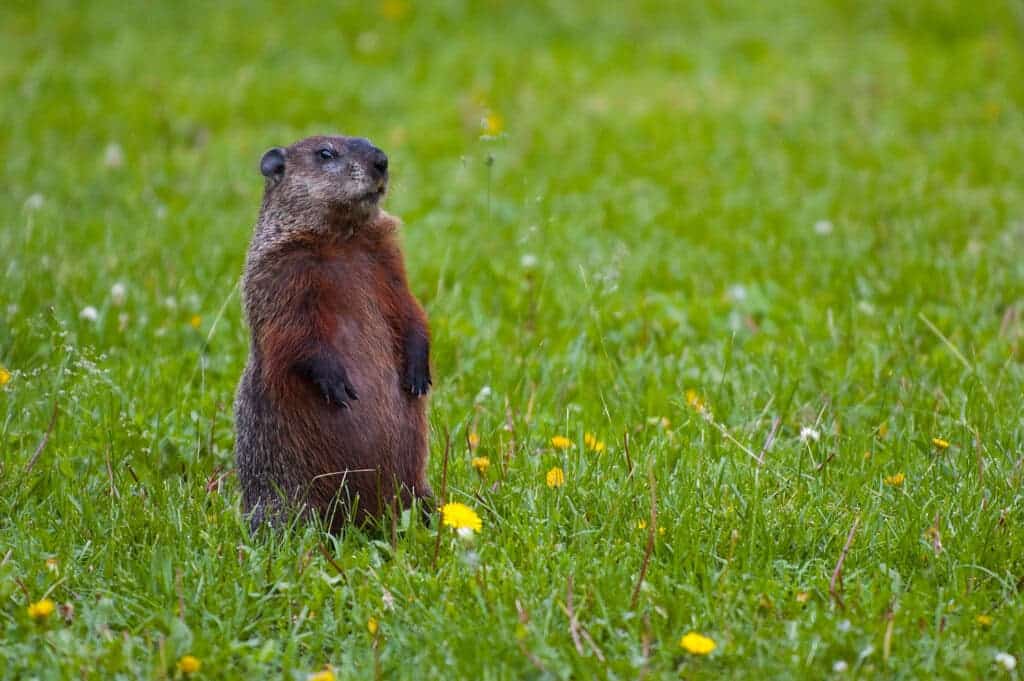
These diurnal creatures spend most of the time standing upright and alert near the entrance of their den. If they notice any threats nearby, they will produce a sharp shrill that signals the young to scurry back into the burrow. This earned them the name whistle pigs.
Groundhogs use the tunnels they dig as their refuge from predators and harsh weather conditions during winter. As they undergo hibernation, their heart rate plunges to 5 beats per minute and body temperature drops to 37 degrees Fahrenheit (2.77 degrees Celsius), enabling them to conserve energy.
This triggers an unusual lifestyle. Groundhogs have a feast or famine lifestyle that prepares them to become inactive for months. During fall they will stock up on fat reserves by eating various fruits and vegetables like clover, alfalfa, apples, buckwheat, strawberries, and turnip tops. In addition, they do many checkups and repairs on their homes to make sure they will be comfortable for the chilly season. They dig laterally to prevent flooding in their burrows and will free up some space for their latrine– talk about architecture and engineering skills!
Groundhog day
Historically, groundhogs’ presence or absence was regarded as a telltale sign of changing seasons. In a Pennsylvania-Dutch superstition, if a groundhog emerging from its burrow sees its shadow due to clear weather, it will retreat to its den and it is believed that winter will persist for six more weeks; if it fails to see its shadow because of cloudiness, spring will arrive early. This omen was taken seriously in the past because it determined the timing of farming activities.
Or so the tradition goes.
The tradition remains popular today as groundhog day is celebrated every 2nd of February though studies have not found any evidence or correlation between the animal seeing its shadow and the arrival of spring. The movie Groundhog Day also features this theme — not to spoil a movie from the 1990s.
Ecosystem’s Engineer

As the seasons change, groundhogs also change their habitat. When they abandon it, opossums, raccoons, foxes, and skunks soon begin to occupy the den. So basically, it is thanks to the groundhogs that these animals have a safe place to live. Another ecological service they provide is that woodchucks improve the quality of soil by mixing and aerating it, thereby allowing the soil to absorb rain and other nutrients.
However, because of their diet and lifestyle, humans — especially farmers — often regard them as pests. Their burrows can harm crops, weaken building foundations, and damage farm equipment. Their rapidly growing incisors enable them to chew and gnaw on just about anything including cables. In one instance, groundhogs damaged $1,800 worth of cables in Nebraska.
But although these animals can invade croplands, it’s important to remember that they are important native wildlife. “If you happen to have conflicts with them in your yard, there are many resources to help, including these strategies from MassWildlife,” says Chris Whittier, a research assistant professor of conservation medicine at Cummings School.
The most effective non-lethal way to prevent these conflicts from happening is to erect a fence around the yard or garden. Since these creatures can both climb and dig well, the fence should be at least 3 feet high with another foot buried underground.
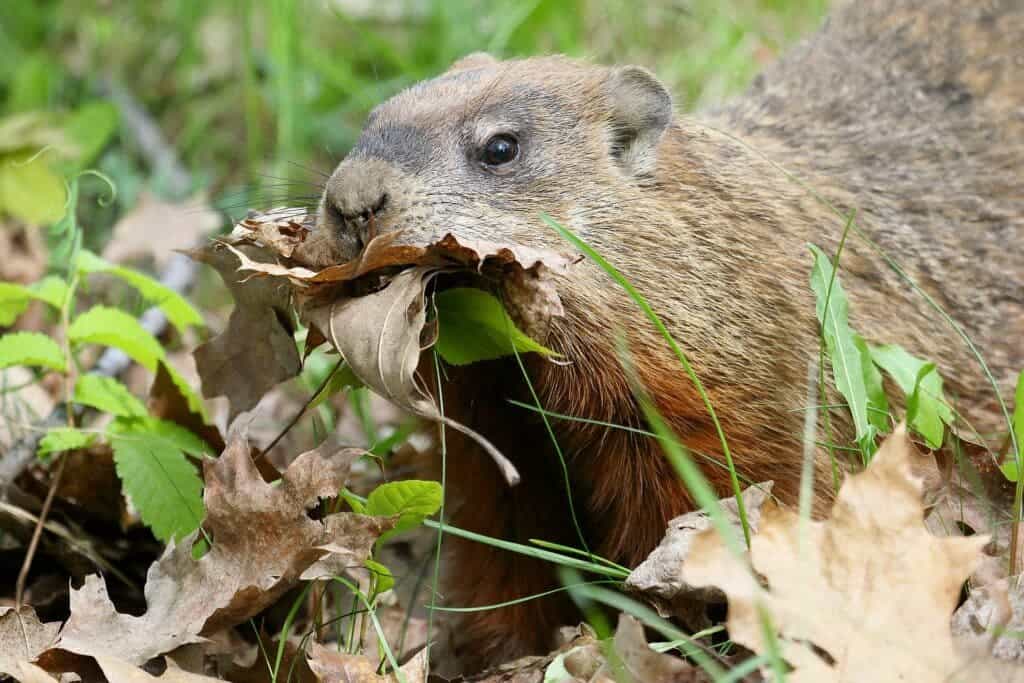
Currently, there are no approved repellents for groundhogs, though some gardeners use ammonia and Epsom salts — the efficacy of which is debated. It is still important to consult authorities if you are having groundhog problems as they certainly know what to do.
Unexpected benefits
Humans have also benefited from groundhogs and they are not always pests. For instance, groundhogs have helped in the advancement and understanding of hepatitis B. These animals are known to contract hepatitis B naturally which allowed medical professionals to study the virus thoroughly. That research was instrumental in the development of medicines and vaccines to combat the disease.
Additionally, groundhogs have discovered at least two major archaeological sites in Ohio and Pennsylvania, unearthing numerous artifacts in the process.
These hardworking animals get a lot of hate, and they definitely deserve more appreciation than they currently get. Hopefully, we can learn to coexist with them and do so in peace.
